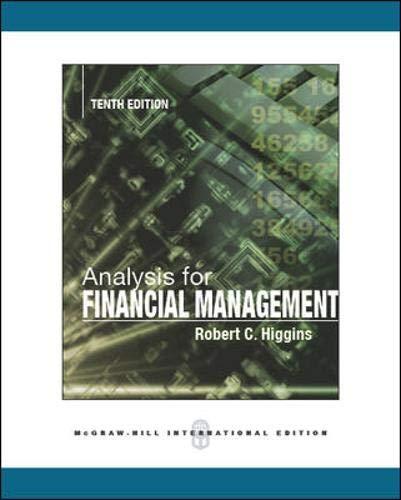Question
A bicycle manufacturer currently produces 300,000 units a year and expects output levels to remain steady in the future. It buys chains from an outside
A bicycle manufacturer currently produces 300,000 units a year and expects output levels to remain steady in the future. It buys chains from an outside supplier at a price of $2 a chain. The plant manager believes that it would be cheaper to make these chains rather than buy them. Direct in-house production costs are estimated to be only $1.50 per chain. The necessary machinery would cost $250,000 and would be obsolete after 10 years. This investment could be depreciated to zero for tax purposes using a 10-year straight-line depreciation schedule. The plant manager estimates that the operation would require $50,000 of inventory and other working capital upfront (year 0. Expected proceeds from scrapping the machinery after 10 years are $20,000.
If the company pays tax at a rate of 35% and the opportunity cost of capital is 15%, what is the net present value, IRR and payback period of the project? Should the project be accepted?
Step by Step Solution
There are 3 Steps involved in it
Step: 1

Get Instant Access to Expert-Tailored Solutions
See step-by-step solutions with expert insights and AI powered tools for academic success
Step: 2

Step: 3

Ace Your Homework with AI
Get the answers you need in no time with our AI-driven, step-by-step assistance
Get Started


